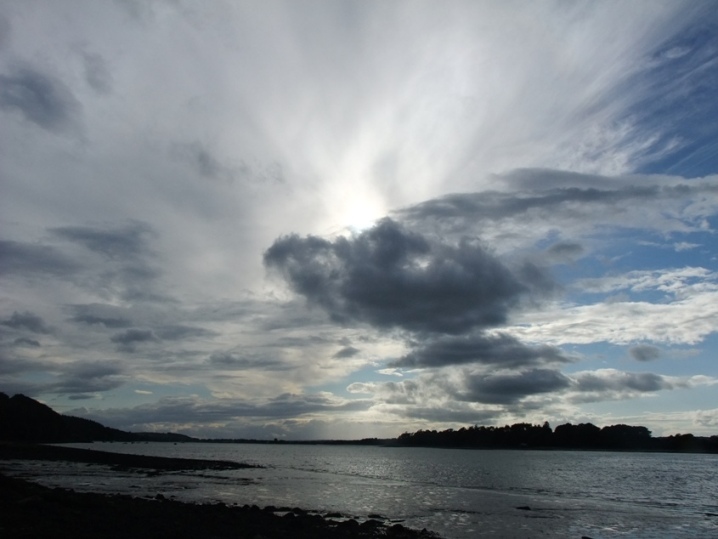

Longford stands on a fording point of the Camlin River though the town's name does not derive from its position on a ford, but comes from the Irish Longphort, meaning fortress or stronghold
#VIKING LONGPHORT CORK PLUS#
This compound word was likely coined by Irish monks from the Latin word "longus" (long) reflecting the Old Norse "lang" (long), thus implying "langskip" (long ship) plus the Latin "portus", meaning port, harbour. The term longphort, or longphuit in Irish as seen in the annals, literally translates to “ship camp”. Many camps along river banks and lakes did not last long, however, some only as little as one or two seasons, but others such as Dublin developed into large urban centers, as did the other significant Norse settlements at Cork, Waterford, Woodstown (in Waterford), Wexford and Limerick which remain the largest urban centers in Ireland today. It also describes new Viking settlements established at Waterford in 914 and Limerick in 922 possibly by the Uí Ímair. Bertin with the establishment of Viking encampments at Linn Duachaill and Dublin. The word was first used in the 840s in the Irish account of The Annals of Ulster and in the Frankish account in the Annals of St. Overall, the longphort settlements were essential in establishing the presence of the Vikings in Ireland during the ninth and tenth centuries. During this time, the Vikings were able to begin a period of extremely profitable trade. Archeological evidence shows that imports and exports included textiles, animal skins, amber, and glass from England. For example, it is clear that the earliest settlements became major trading centers throughout Ireland. Longphorts were essential to the economic prosperity of the Vikings.

It can be assumed that the purpose of these sites was to ease travel and trade within the region. These camps would be of great importance to the Vikings during their raids of Ireland, which included attacks on many churches and monasteries located on the coast. The sites were easily defended, sheltered, and gave immediate access to the sea. These camps were fortified areas along rivers, usually at a tributary where both sides were protected such that the Vikings could port ships. The reason it cannot be assumed that longphorts were solely for military purposes as that would assume that there were always large numbers of Vikings at these settlements, which is not true. Although these longphorts were used as bases for Viking raids, the term had additional meanings and these sites had multiple purposes. longphuirt) is a term used in Ireland for a Viking ship enclosure or shore fortress. Together, these baronies are located between the Barony of Barrymore to the east, Muskerry East to the west and Kerrycurrihy to the south.A longphort (Ir. The present extent of the city has exceeded the medieval boundaries of the Barony of Cork City it now takes in much of the neighbouring Barony of Cork. Neighbouring Gaelic and Hiberno-Norman lords extorted “Black Rent” from the citizens to keep them from attacking the city. For much of the Middle Ages, Cork city was an outpost of Old English culture in the midst of a predominantly hostile Gaelic countryside and cut off from the English government in the Pale around Dublin.

The city was once fully walled, and some wall sections and gates remain today. The city’s charter was granted by Prince John, as Lord of Ireland, in 1185. The ecclesiastical settlement continued alongside the Viking longphort, with the two developing a type of symbiotic relationship the Norsemen providing otherwise unobtainable trade goods for the monastery, and perhaps also military aid. It has been proposed that, like Dublin, Cork was an important trading centre in the global Scandinavian trade network.

The longphort at Athlunkard (th Longphort), built somewhere between 840 and 930 AD. Its location is thought to have been in one of two places. It is documented that a Dane named Yorus, established a raiding fort in Luimnech around 861. Cork achieved an urban character at some point between 915 and 922 when Norseman (Viking) settlers founded a trading port. No one knows where the original Viking longphort was established before a permanent residence came into being. Cork was originally a monastic settlement, reputedly founded by Saint Finbarr in the 6th century.


 0 kommentar(er)
0 kommentar(er)
